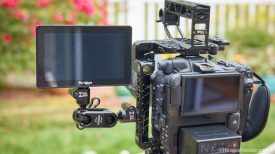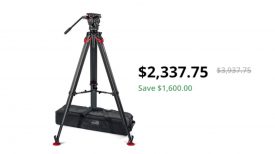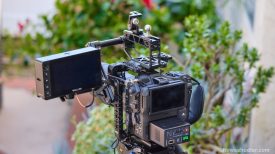
Senators in the Australian parliament have called for a ban on the sale of drones. With the rising amount of drones being sold and concerns of terrorists or disgruntled individuals using them for attacks, senators at a hearing today have questioned why more isn’t being done to prevent drones being misused.
A safety review of drones was supposed to take place eight months ago, but it still hasn’t happened. Australia’s safety laws for drones, or more technically correct, remotely piloted aircraft (RPA), as defined in the Civil Aviation Safety Regulations Part 101, vary whether you are flying commercially or for fun. Since 29 September 2016, Australians have been allowed to fly a commercial drone weighing up to 2kg without requiring a licence from the Civil Aviation Safety Authority. When flying for fun and not commercially, or for any form of economic gain, then the regulations are less restrictive and allow you to fly an RPA without needing to be certified, providing you follow some simple safety rules.
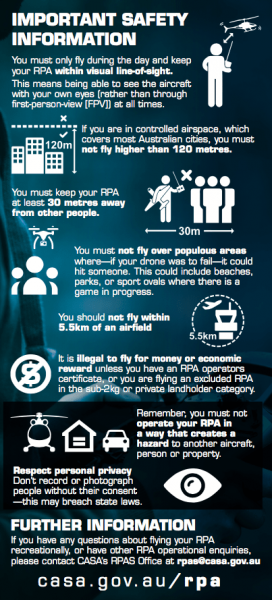
In Australia if you are conducting a commercial unmanned flight using remotely piloted aircraft under 2kg then you need to notify CASA (Civil Aviation Safety Authority) five business days before flying. To notify CASA, you need to also apply for a one off aviation reference number (ARN).
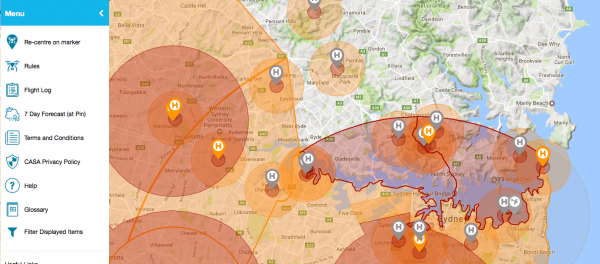
The standard operating conditions are listed below:
You must only fly during the day and keep your RPA within visual line-of sight (VLOS) – close enough to see, maintain orientation and achieve accurate flight and tracking.
This means being able to see the aircraft with your own eyes (rather than through first-person-view (FPV)) at all times.
You must not fly your RPA higher than 120 metres (400ft) AGL.
Referenced to a point on the ground immediately below the RPA at any time during the flight.
You must only fly your RPA during the daytime only (not after sunset).
You must keep your RPA at least 30 metres away from other people i.e. any person who is not charged with duties essential to the safe operation of a remotely piloted aircraft.
You must keep your RPA away from prohibited/restricted areas.
You must not fly your RPA over any area where, in the event of a loss of control or failure, you create an unreasonable hazard to the safety of people and property on the ground (populous area).
You must keep your RPA at least 5.5km away from controlled aerodromes – one with an operating control tower.
You must not fly your RPA over or near an area affecting public safety or where emergency operations are underway (without prior approval).
This could include situations such as a traffic accident, police operations, a fire and associated firefighting efforts, and search and rescue.
You can only fly one RPA at a time.
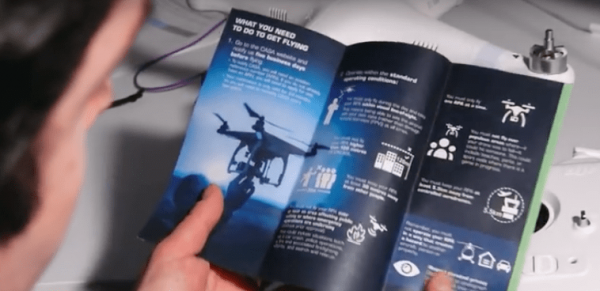
If you are flying a larger drone that weighs more than 2kg then you need to be licensed and/or certified by CASA. This authorisation comes in the form of a remote pilot licence (RePL), allowing individuals to fly for operators, who in turn need to hold an RPA operator’s certificate (ReOC).
Although ISIS have used drones to drop explosives on enemy targets, Australia is yet to see a drone being used in a hostile way. Several incidents of drones, including one that crashed into the Sydney harbour bridge, and another that crashed outside a major sporting location during the cricket world cup have made the headlines in Australia.
With more and more affordable drones flooding the market there is likely to be an increased number of incidents and complaints about people flying drones. Australia has a history of taking swift action against anything they deem likely to cause harm to the general public. In 1996 after one of the world’s worst gun massacres at Port Arthur in Tasmania, where 35 people were killed and 23 wounded, the government introduced the National Firearms Programme Implementation Act 1996, restricting the private ownership of high capacity semi-automatic rifles, semi-automatic shotguns and pump-action shotguns as well as introducing uniform firearms licensing. While drones are not guns, all it might take is one serious incident to occur for the Government to ban them all together.
Do you live in Australia and fly a drone? Are you concerned about drones being banned all together? Let us know in the comments below.



